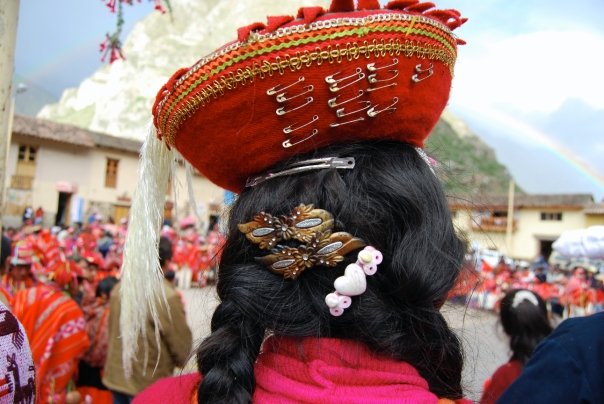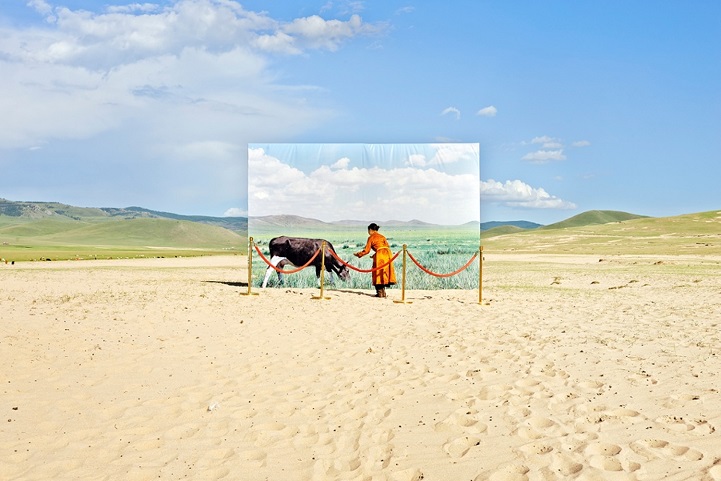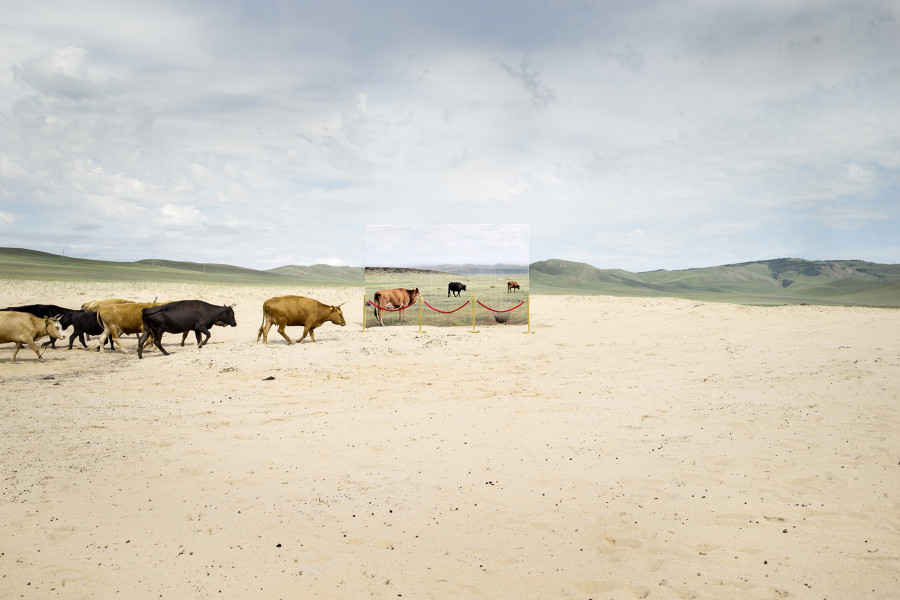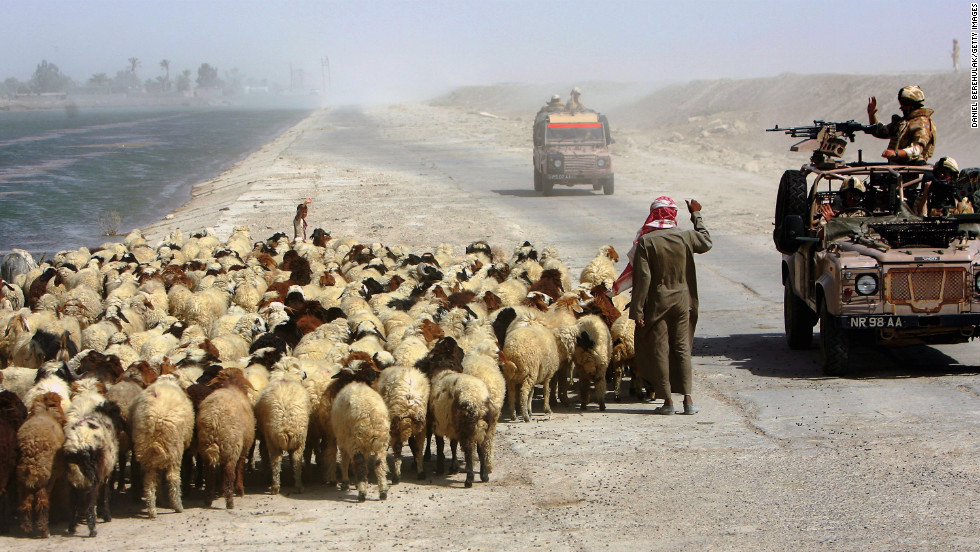
Farming in the Andes
People in the Andes "lead vertical livelihoods," says Jeffrey Bury of the University of California at Santa Cruz. They take advantage of every ecological niche, growing crops in valleys and grazing llamas and alpacas on to bleak mountaintops. But farmers are being squeezed by warmer temperatures that shift crops up mountainsides and the expansion of mountaintop mining that destroys high wetland pastures, Bury says. Scientific America
Photograph Daisy Carlson

Grazing in Keyna
Deep in the heart of Amboseli National Park, on the foothills of Mount Kilimanjaro, men and women gather beneath the canopy, in a large forest clearing. They are the Maasai and they traveled here form across the region for the annual Enkang oo-nkiri ceremony - or meat eating ceremony. They wear distinctive Masai beading; their hair and bodies are decorated with a red earthy pigment, ochre. The women wear large beaded discs around their necks.
According to the Masai, God - or Enkai - made them the custodians of the world's cattle. But Ole Ntimama says changing weather has made this job harder than ever before. dw.com
Photograph Daisy Carlson

Hearding in Mongolia
The Dalbay Valley falls in that part of Central Asia where the extensive Eurasian steppe meets the vast boreal forest — the taiga. This region of transition runs most of the length of Lake Hovsgol, where a succession of valleys have warmer south-facing slopes of close-cropped steppe grassland, and colder north-facing slopes cloaked in larch forest. These valleys are populated by nomadic Mongolian families, and the open steppe maintains grazing herds of yaks, cows, sheep, goats and horses. Climate projections for the region predict significant warming over the coming decades, and monitoring over the past 40 years has shown that a significant increase in temperatures has already occurred. Scientistsat work.com
Although many Mongolians have moved to cities over the last decades, 35% of the population still lives the traditional nomadic lifestyle, relying on vast open lands for survival.

Where art museums and indigenous culture collide.
Daesung Lee's work is an example of an artists direct response to climate and changing culture. In the future will indigenous cultures be relegated to museums of themselves much like Safari lands in Kenya? Will the remains of something authentic become a memory or an archive on the land of the way it once was.
Lee’s photographs put the threat to this lifestyle in focus, placing people around the dioramas and inspiring the question: in the future will the nomadic life only exist in a museum? visualnews.com
War and land.
War and migration are also a part of climate change. Solgado documented this in heart renching images of people in transition. Another stark reminder of traditional culture butting up against wars that are all to often about basic resources of food, water and arable land. Article and image - cnn.com

Let us share your story
Tell your story of land, animals and climate so we can share it with the world.